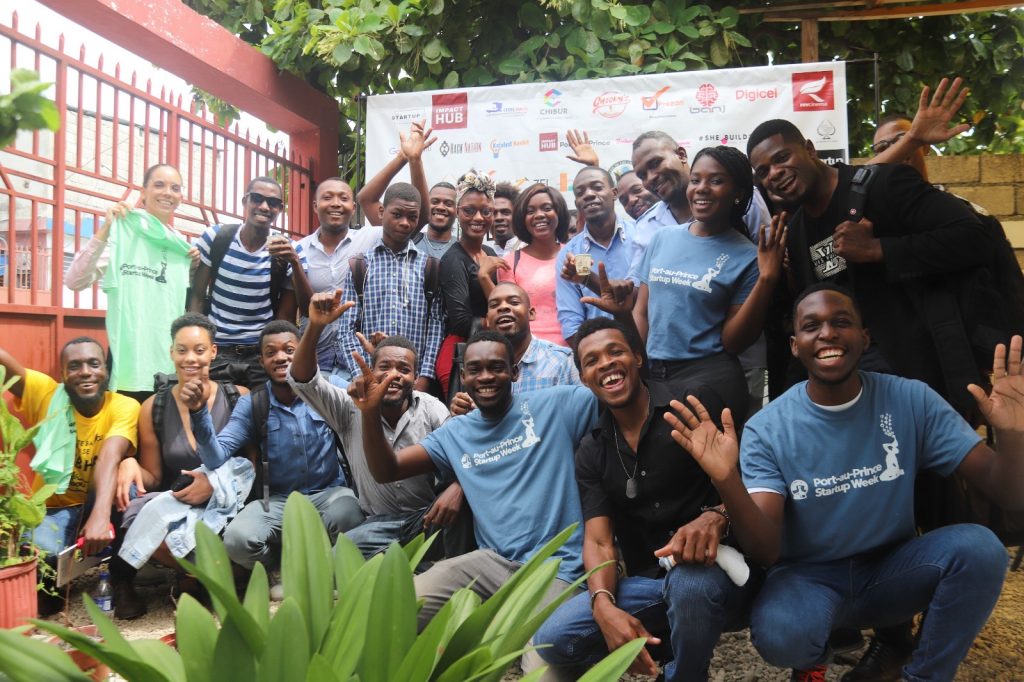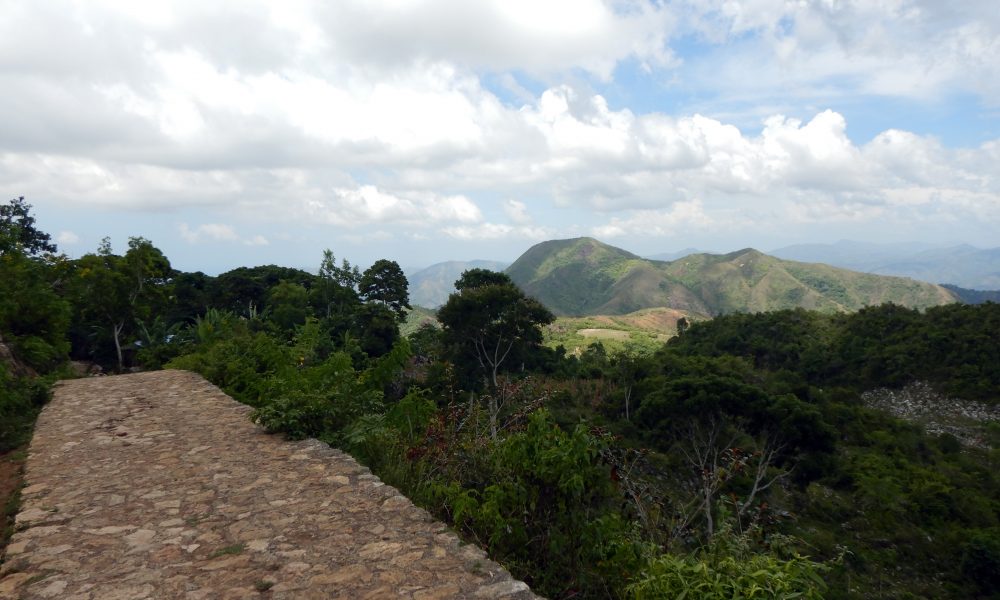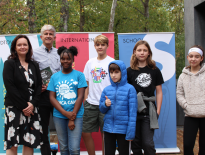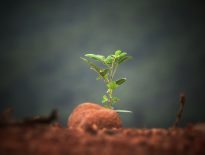Editor’s Note: ILFI Engagement Specialist Malaysia Marshall visited Haiti on an exchange trip in the summer of 2019 to spread awareness of the Living Building Challenge, as well as to learn more about sustainable development efforts in the country. She reports on her trip below. Enjoy!
Amidst climate change and economic crisis, two changemakers catalyze community-based development
Last year, the International Living Future Institute hosted Jupille Facile in Seattle for a month-long exchange facilitated by the Young Leaders of the Americas Initiative (YLAI) of Meridian International Center. Facile is the CEO and founder of Bambou Facile, an organization that aims to promote the widespread use and adoption of bamboo for application, construction, and sustainable development throughout Haiti. Interested in furthering its mission, Facile intends to incorporate ILFI frameworks to help refine Bambou Facile’s approach and implementation of sustainability efforts.
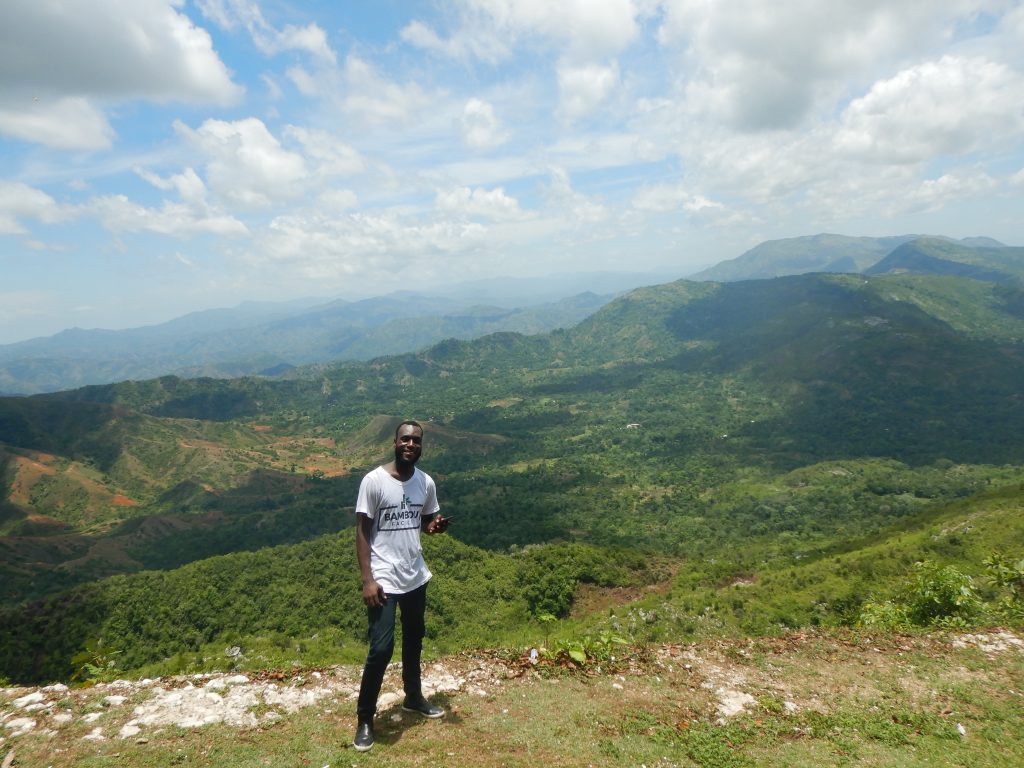
In return, Facile hosted me in Port-au-Prince and Cap-Haïtien this past summer, for a two-week reverse exchange. As planned, we carried out a series of presentations, meetings, and discussions titled, A Living Future in Haiti/Une Haïti Résiliente throughout Port-au-Prince and Cap-Haïtien at various institutions: the U.S. Embassy, Université Quisqueya, Impact Hub Port-au-Prince, HELP (Haitian Education & Leadership Program), and Chambre de Commerce. Throughout the series, we paid visits to his producer/supplier in Gonaïves and a bamboo farm in Marmelade.
During our exchange, Facile and his team launched Programme de Reboisement Bambou en Haïti (PREBHA), a bamboo reforestation program. PREBHA will operate in four phases:
Phase One: Encourage bamboo reforestation throughout the community, schools, media, and associations within the different municipalities and departments in the North. Use demonstration plots and decentralized nurseries to master bamboo production.
Phase Two: By partnering with public and private institutions, Bambou Facile will produce and distribute bamboo seedlings (5000 seedlings per department) then train the nurseries and communities designated from the first phase.
Phase Three: Incorporate feedback from communities involved and undertake adjustments for refinement with respect to the village terroirs. During this phase, production workshops, and a showroom will be implemented.
Phase Four: Disengagement of external funds through capacity building, technical, organizational and financial interventions, and self-promotion of development at the community level in Haiti.
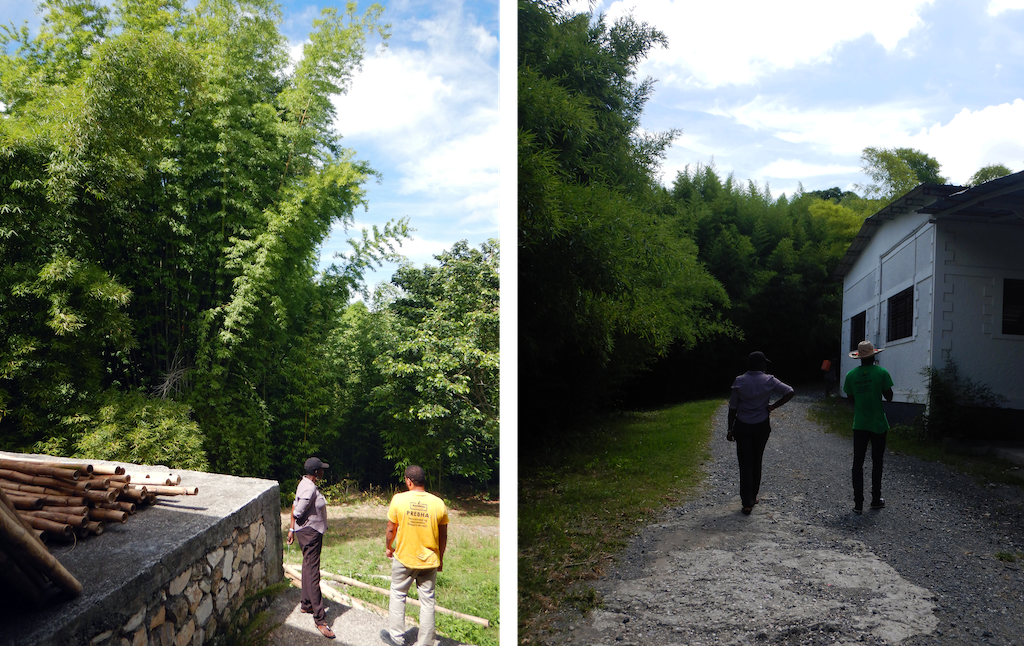
As Haiti continues to experience rapid deforestation, primarily caused by small-scale farming and charcoal production, the mountainous country remains especially susceptible to landslides and massive flooding. Thus, leveraging a response like PREBHA is critical.
According to the Vulnerability Index to Climate Change in the Latin American and Caribbean (LAC) Region, published by CAF Development Bank of Latin America, Haiti is the most vulnerable country to the effects of climate change in the LAC region. As the country “struggles to reconstitute its governmental structure and operations following a repeated cycle of natural hazard occurrence and devastation,” it has the “poorest adaptive capacity prospects” within the region. Along with the aforementioned, “low education levels play a key role in perpetuating the cycle of poverty and, with respect to climate change impacts, have significant implications for efforts at capacity-building,” according to the index. As reported by the Haitian Education Leadership Program (HELP), Haiti’s university enrollment rate is less than 1%. HELP aims to boost that rate by offering merit and need-based scholarships. Upon securement of employment, graduates are expected to donate 15% of their monthly income to the organization. Fortunately for Facile, he was awarded funding from HELP to attend Université Quisqueya in pursuit of a civil engineering degree.
Prior to traveling to Haiti, I worked with Seattle-based entrepreneur, David Pierre-Louis, to plan a panel discussion held during Port-au-Prince Startup Week. Pierre-Louis is the co-founder of Impact Hub Port-au-Prince and founder of Kay Tita, “a community-driven organization that cultivates strategic partnerships and empowers a growing entrepreneurial ecosystem in Port-au-Prince.” His inspiration for Kay Tita began with a quest to reunite with his mother, Tita, following the 2010 earthquake that devastated the city and ultimately her property. As part of their efforts, Kay Tita plans to build a sustainable community resource center that will focus on “creating a collaborative, reliable, and globally connected space for young leaders to build out their impact-inspired visions.”
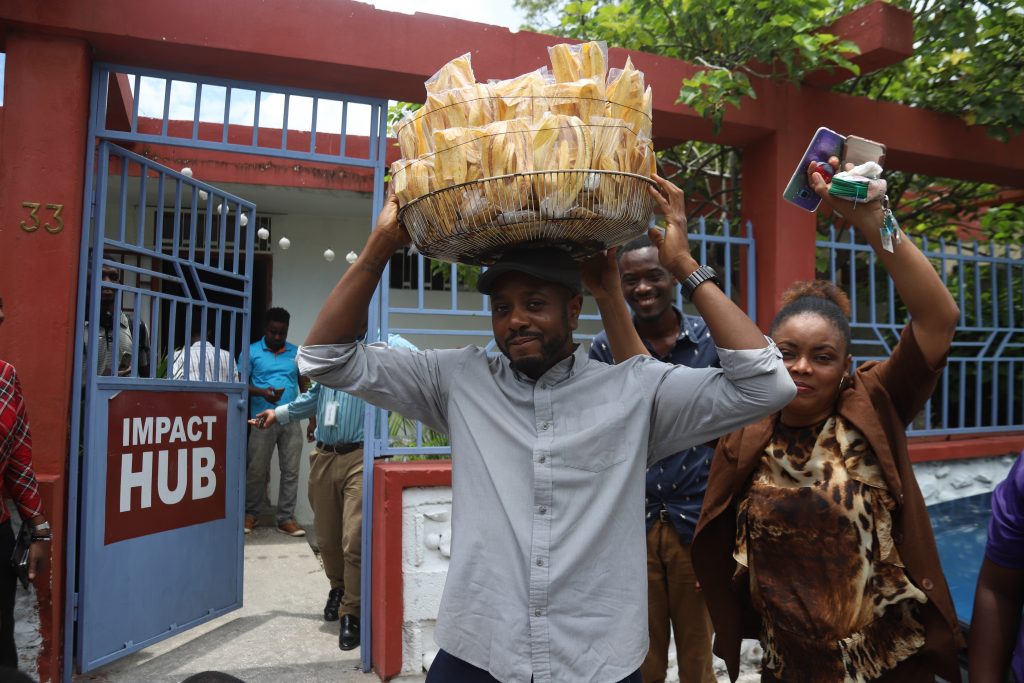
Titled A Living Building in Haiti, the panel was moderated by Pierre-Louis and included Jupille Facile, Caroline Dupoux, Civil/Structural Engineer and Principal at SOGETRA, and Hervé Sabin, CEO and Principal Architect of Studio Drum Collaborative.
The discussion both addressed and condemned past and present infrastructure and construction throughout Port-au-Prince. Pierre-Louis posed an important question: “It’s been almost 10 years, and many thought this would have been a turning point to the way things are constructed in Port-au-Prince. Has that been the case? If not, what can we do as a community to see that we are being more conscious of the way we construct?” Pierre-Louis’ desire to pursue the Living Building Challenge for Kay Tita’s resource center seeks to answer that question.
The six-story, 17,000 sq ft collaborative space is expected to emerge from the same grounds of his mother’s home and is now the first registered Living Building in Haiti! The globally connected resource hub will include a community cafe, hostel, coworking space, health and wellness center, Tita’s apartment, and other entrepreneurial development spaces. Bambou Facile will be involved throughout the project, specifically regarding the rehabilitation of the ravine along the site. Pierre-Louis is currently in the process of seeking and securing funds for the center and is hoping to break ground in 2020.
